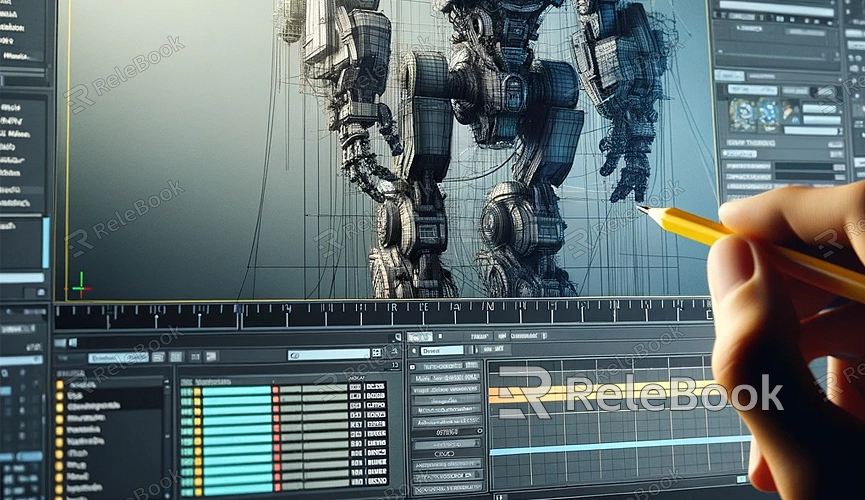how to make textures for 3d models in photoshop?
how to make textures for 3d models in photoshop?Creating textures for 3D models is a pivotal aspect of digital art and design. In this guide, we'll explore the process of crafting intricate and captivating textures using the powerful toolset of Adobe Photoshop. Whether you're a seasoned digital artist or a beginner diving into the world of 3D modeling, this tutorial will provide you with valuable insights and techniques to elevate your texture creation skills.
1. Understanding Texture Mapping:
Before delving into Photoshop, it's crucial to comprehend the basics of texture mapping. Familiarize yourself with UV mapping and how it applies to your 3D models. This understanding forms the foundation for precise texture application in Photoshop.If you need it, I recommend downloading 3D textures from Relebook. There is no better choice than this.

2. Gathering Resources:
Start by collecting resource materials for your textures. High-resolution images, seamless patterns, and reference photos related to the surface you're simulating will serve as the building blocks of your texture creation. Ensure the resources align with the scale and style of your 3D model.
3. Creating a Base Layer:
Open Photoshop and import your 3D model UV layout. Establish a base layer that corresponds to the primary color or material of your object. This serves as the canvas upon which you'll build intricate details and textures.
4. Layer Styles and Blending Modes:
Explore the myriad layer styles and blending modes in Photoshop to add depth and realism to your textures. Experiment with overlay, multiply, and screen modes to achieve the desired effects. Utilize layer styles for effects like bevels, embossing, and shadows.
5. Hand-Painting Techniques:
For more artistic control, consider hand-painting certain details. Use Photoshop brushes with varying opacities to simulate natural wear, tear, or unique patterns. This adds a personalized touch to your textures, making them stand out.
6. Utilizing Filters and Effects:
Employ Photoshop's filters and effects to enhance your textures further. Gaussian blur, noise, and sharpen filters can mimic real-world imperfections. Experiment with adjustments like hue/saturation and color balance to achieve the right tone for your 3D model.
7. Seamless Texture Creation:
Ensure your textures seamlessly tile across the 3D model. Use Photoshop's offset filter to identify and fix seams. This step is crucial for a cohesive and realistic appearance when applied to the entire surface.
8. Exporting for 3D Software:
Once satisfied with your texture, export it in a suitable format for your 3D modeling software. Common formats include JPEG, PNG, or TIFF. Maintain a balance between resolution and file size to optimize performance.
Creating textures for 3D models in Photoshop is a dynamic and rewarding process. By mastering the techniques outlined in this guide, you'll be equipped to breathe life into your 3D creations. Experiment, refine, and let your creativity flourish as you embark on the journey of crafting textures that enhance the realism and visual appeal of your digital models.

